Oxygen is to fish what it is to humans. So, do fish need oxygen in tanks? Why aerating fish tanks is important? And whether there are rules and ways of properly aerating fish tanks. All these questions will be discussed in this article, let’s explore them together.
Content Table
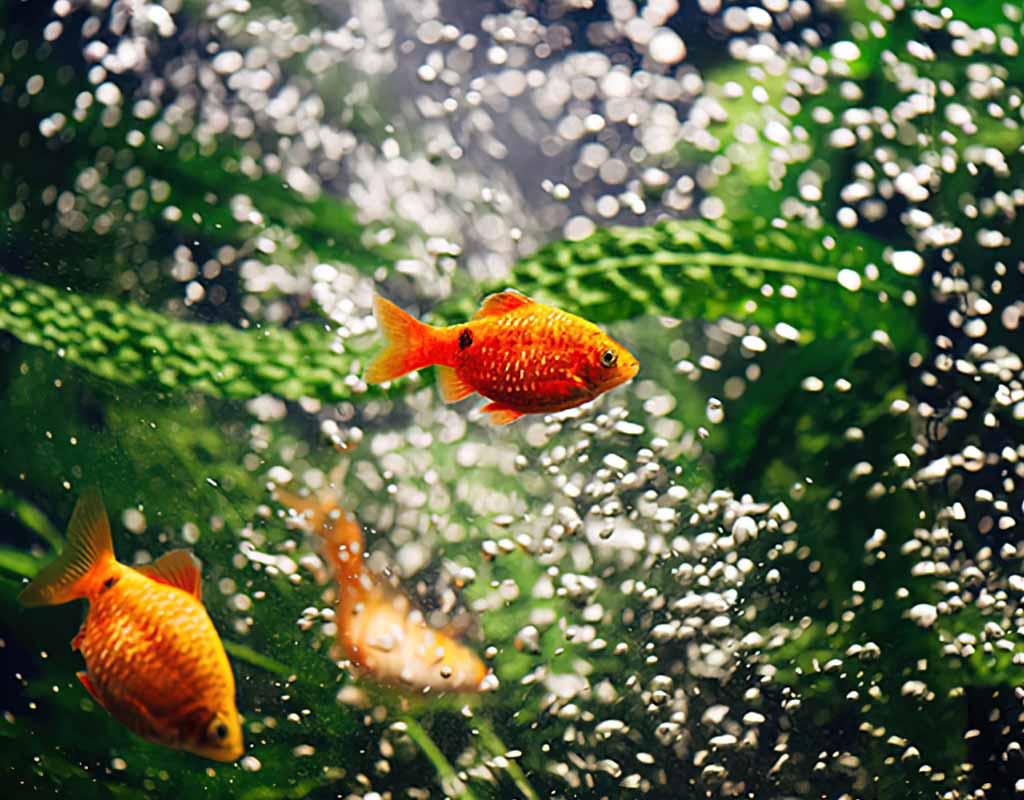
Do Fish Need Oxygen in Tanks?
Humans are the only species that need oxygen to survive. Absolutely no. Almost every species around the world can not survive without oxygen. So what about fish? Do fish need oxygen? The answer is “Yes” exactly. Fish need oxygen.
Do you know fish breathe by moving their gills? The gills of fish are equal to the lungs of humans. When the water passes through the mouth by the gills on both sides, fish can absorb oxygen from the water. And the dissolved oxygen is brought into the fish’s body, then the dissolved oxygen gets into the fish’s cells through blood. And when the blood moves through the fish’s body, the oxygen gets.
In addition, the dissolved oxygen in the fish tank will affect the feeding of fish. When the dissolved oxygen is 5 ppm, the fish can eat as normal. But when the dissolved oxygen is 1 ppm, the fish will completely stop eating.
Why It Is Important to Aerate Fish Tanks
As we all know, fish, aquarium plants, and other lives all live underwater. The size of tanks, species in tanks, and temperature will affect oxygen consumption. But it is a fact that the oxygen in the tank is limited. So, sometimes, we need to aerate the fish tank.
Aerating is bringing oxygen into your aquarium ecosystem. It is a critical part and there are some benefits of it:
- Keeps the plants, fish, and other species in tanks alive.
- Remains water chemistry stable.
- Promotes the growth of aerobic bacteria, which can consume ammonia, nitrate, phosphate, and other compounds.
- Limits the thriving of algae.
On the other hand, oxygen is extremely important to creatures in tanks.
- Maintain life activities.
- Reduce toxic and harmful substances.
- Inhibits harmful anaerobic microorganisms.
- Enhance the aquarium creatures’ immunity.
Properly Aerating Your Aquariums
We believe that aerating is necessary for aquariums. But too little aerating may cause underwater creatures not to get enough oxygen, while too much may shorten your creatures’ lives and become a threat to them. Besides, different types of tanks are suitable for different aerating rules.
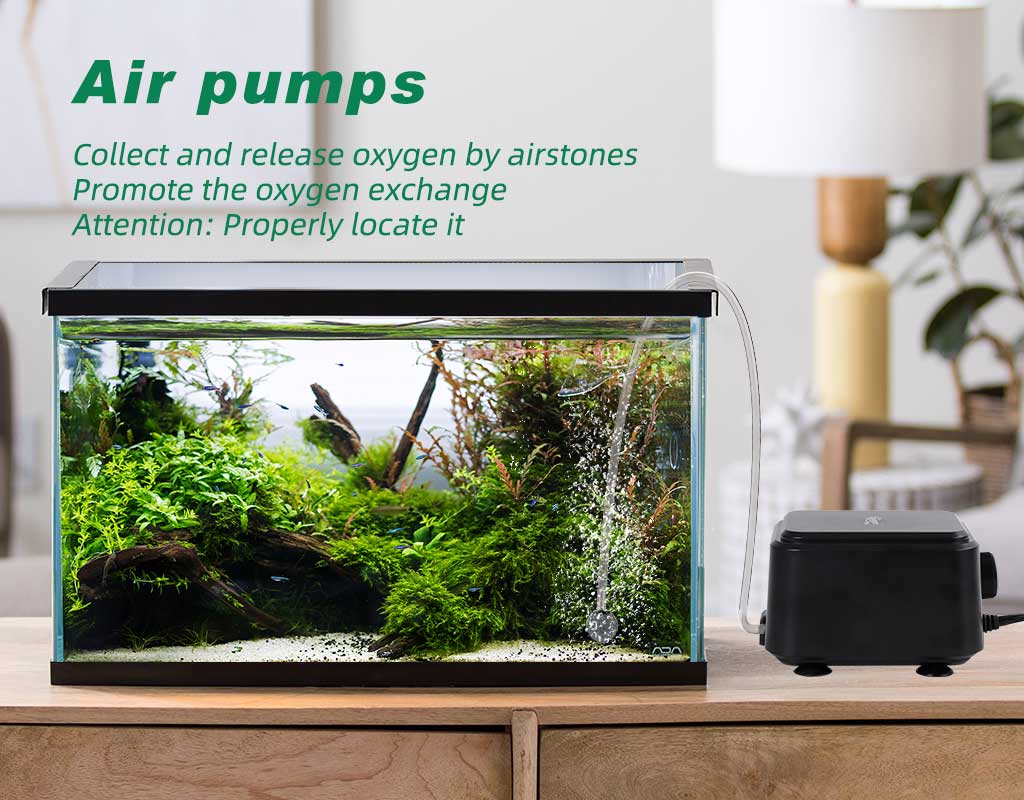
When we come to this topic, it is necessary to know the word “dissolved oxygen”. It refers to the oxygen dissolved in water. Different tanks need different levels of dissolved oxygen. Three factors – salt value, temperature, and air pressure, will affect the dissolved in tanks.
So there are some tips for you:
Salt value: The higher the salt value, the lower the dissolved oxygen. So the dissolved oxygen of freshwater tanks is higher than that of brine tanks.
Temperature: The higher the temperature, the lower the dissolved oxygen. As a result, tropical fish have a strong demand for aerating.
Air pressure: The lower the air pressure, the lower the dissolved oxygen. For this reason, if your tanks are at high altitudes, you need to pay attention to increasing oxygen when necessary.
Simple Ways to Increase Oxygen in the Fish Tank
Keeping the dissolved oxygen adequate in tanks is critically important. But when do we need to increase the oxygen in tanks? There are some signals:
- Fish move gills rapidly
- Blow at the surface of tanks
- Fish Breathe with difficulty
If your tanks come with these signals, you need these ways to increase the oxygen in the fish tank.
Stock tanks properly
Overstock is not a good option. Every additional fish you put into your tanks has its own oxygen needs, but the dissolved oxygen of your water is limited. If there are too many creatures, but limited oxygen, it will improve the requirements for oxygen in tanks.
Pour water from the height
You can take an aquarium water change cleaner to fill the water with a long hose, and then slowly pour the water into the tank from the height. In this way, the water in tanks will move while pouring.
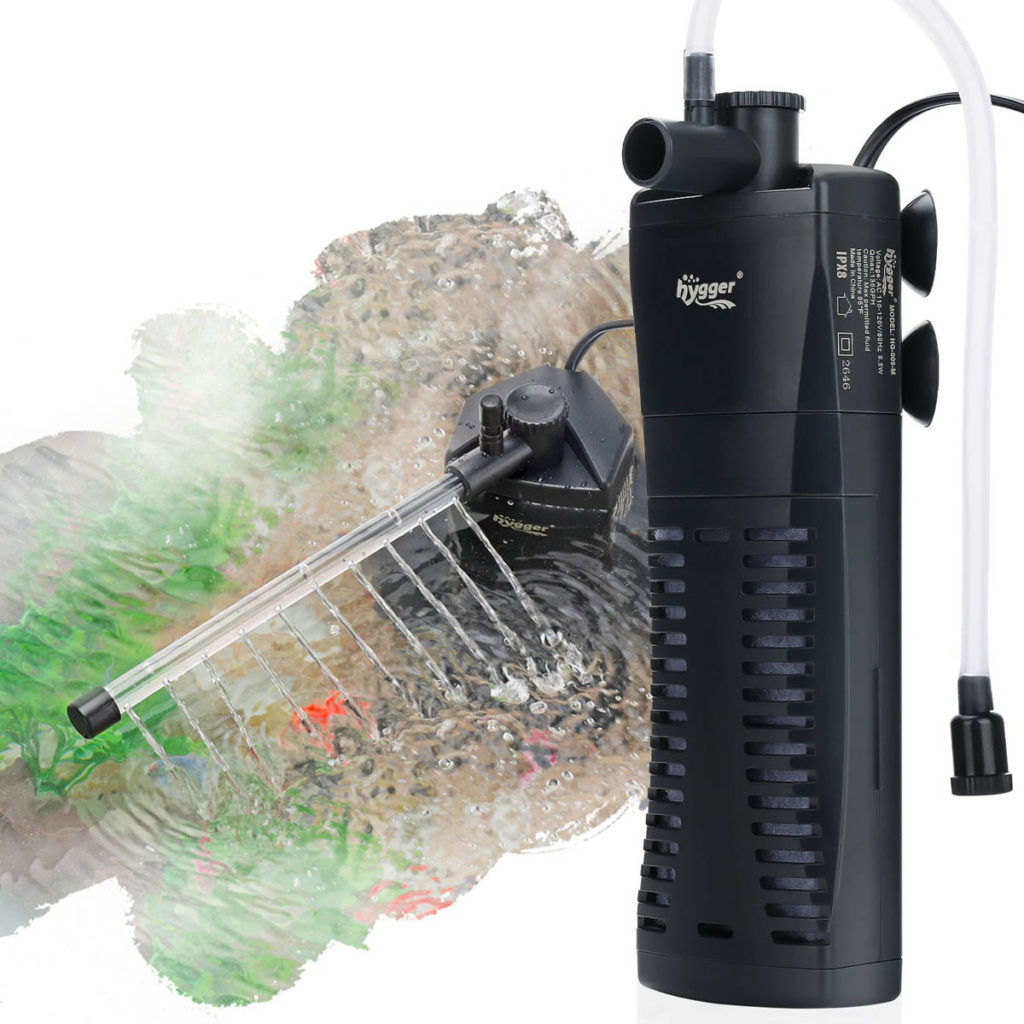
Filtration
The aquarium filter can ensure sufficient surface agitation, which could promote the absorption of oxygen. If your canister filter has a spray bar that can produce a flow rate on the surface, then the water can dissolve more oxygen for your fish, and the filter can aerate better. But if the filter is your regular option, you must keep it clean and check it often.
Powerhead
You can choose a powerhead if your filter can not ensure sufficient agitation or enough circulation. The powerhead sucks water out and mixes the water with the exhaust air. Besides, the powerhead can also eliminate dead spots that are low circulation.
If placed carefully, the circulation of these areas will be increased. In addition, powerheads are always the perfect option for large tanks.
Airstone
The air stone is porous. It is connected to an air pump and creates bubbles in tanks. Bubbles can not provide oxygen to the water. It is the surface agitation by bubbles that promotes water circulation and then improves the oxygen concentration in tanks.
Air pumps
The air pump is the easiest aerator for a fish tank. It uses an airstone to collect and release oxygen. You need to place the air pump in a location where bubbles can reach the water’s surface in time. Only by so, the air pump could play its role effectively, because it will promote the oxygen exchange between water and bubbles at optimal.
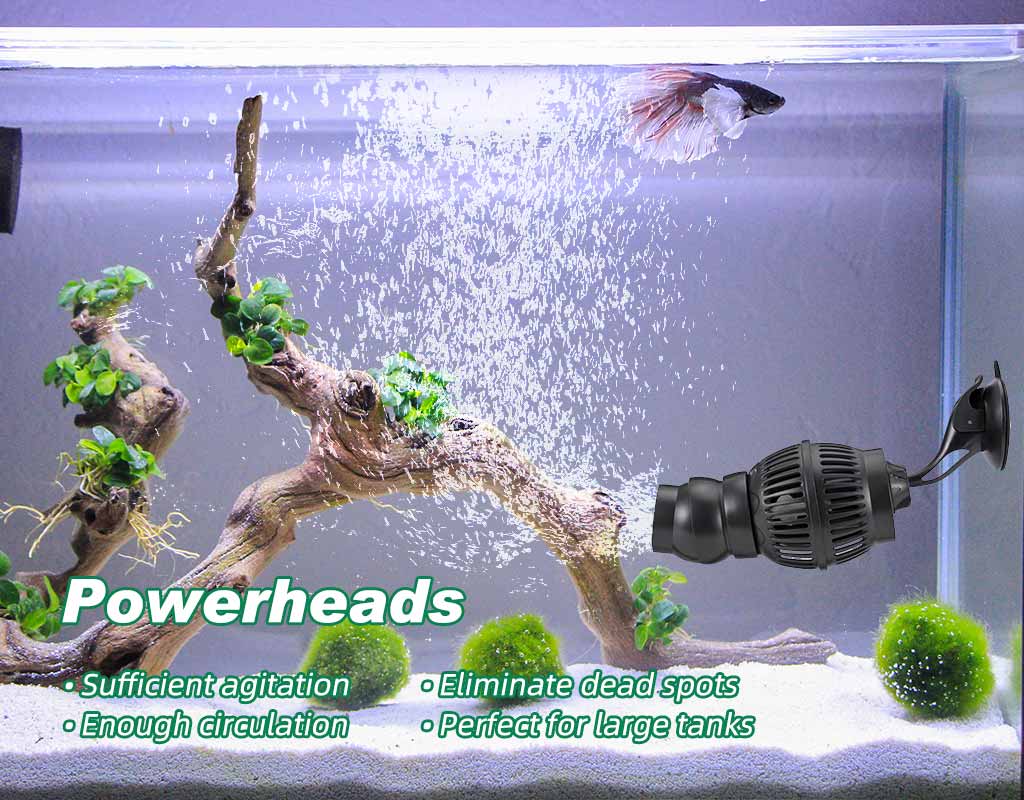
Reminder
A properly aerating aquarium could make a healthy environment for fish. This article has covered the importance of oxygen for fish and the reasons for it. In addition, we have also provided some aerating rules for different kinds of tanks and some ways to increase oxygen. We hope you have gained some useful information. Any other questions? Please go NEED HELP and leave your message for us, Hygger customer service is glad to help you!
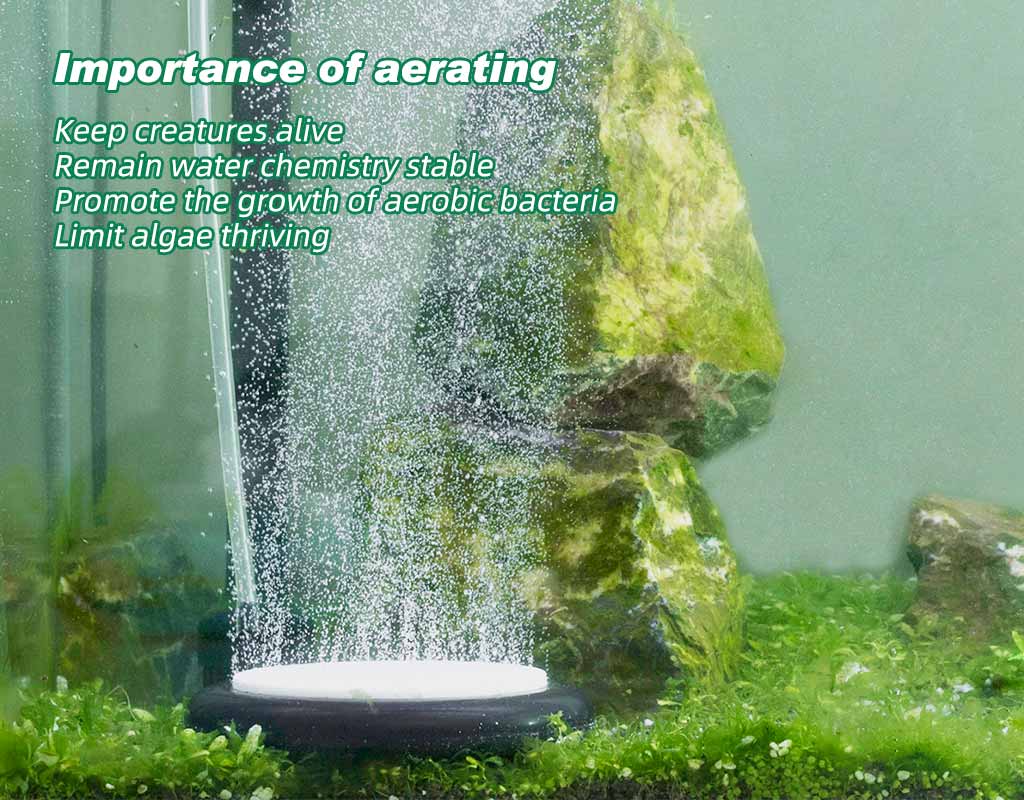
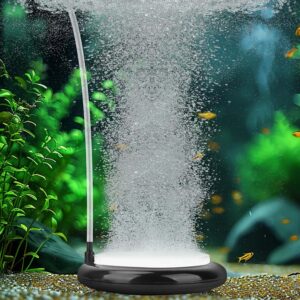
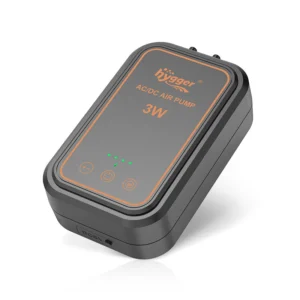
Leave a comment